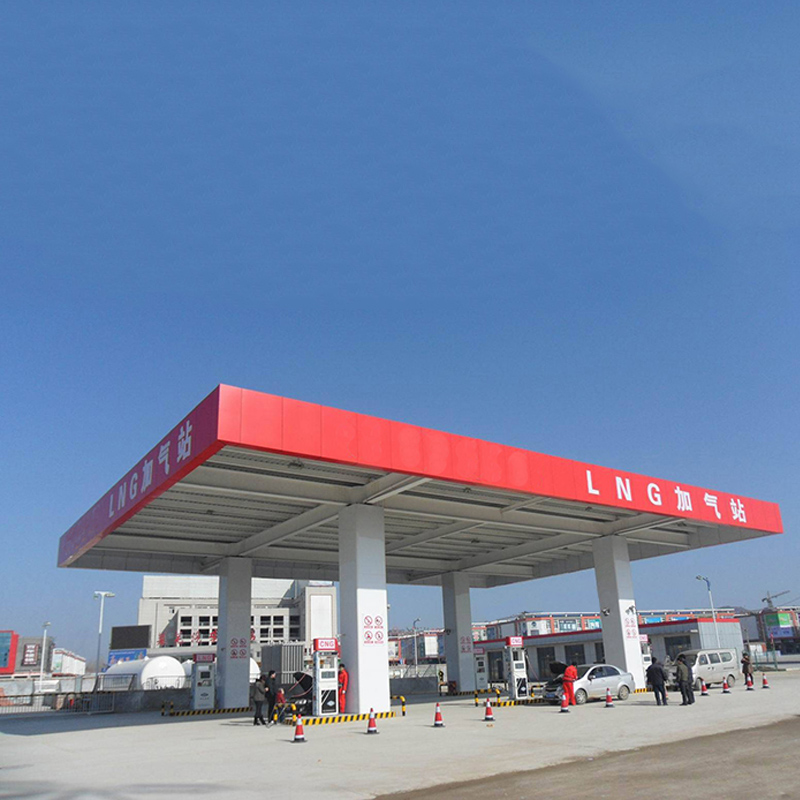
Dec . 16, 2024 02:08
Back to list
Natural Gas Pressure Regulating Valve Overview and Applications
Understanding Natural Gas Pressure Regulating Valves
Natural gas is one of the most widely used energy sources in the world, powering everything from homes to industries. However, to ensure safe and efficient utilization, it is critical to regulate the pressure of natural gas effectively. This is where Natural Gas Pressure Regulating Valves (PRVs) come into play. These valves are essential components in the natural gas distribution network, providing a safe and controlled means of managing gas pressure for end-users.
What is a Natural Gas Pressure Regulating Valve?
A Natural Gas Pressure Regulating Valve is a device that automatically maintains and controls the pressure of natural gas flowing through pipelines. It ensures that the pressure of natural gas delivered to consumers remains within a specified range, preventing overpressure that could cause damage to appliances or end-user equipment. PRVs come in various designs and sizes, tailored to meet specific applications, from residential use to large industrial operations.
How Do Pressure Regulating Valves Work?
The primary function of a PRV is to reduce the high inlet pressure of natural gas to a lower, usable pressure. When natural gas enters the valve, it typically arrives at a high pressure, depending on the pipeline from which it is sourced. The PRV is designed with a diaphragm that responds to changes in pressure. As the gas flows into the valve, it pushes against this diaphragm, which in turn regulates the opening of the valve to let out gas at a consistent, lower pressure.
When the outlet pressure decreases below the set point, the diaphragm moves, allowing more gas to flow through. Conversely, if the outlet pressure exceeds the desired level, the diaphragm closes slightly, reducing the gas flow. This feedback mechanism ensures steady pressure regulation, safeguarding the entire delivery system.
Importance of Pressure Regulation
.
2. Efficiency Efficient gas delivery is crucial for maintaining the operational integrity of appliances and equipment. Appliances such as heaters, stoves, and industrial equipment are designed to operate optimally at certain pressure levels. PRVs ensure that the gas pressure remains within those limits, enhancing efficiency and performance.
صمام تخفيض ضغط الغاز الطبيعي

3. Protection of Equipment Instability in gas pressure can lead to equipment damage. By maintaining consistent pressure, PRVs help protect appliances and machinery from wear and tear, extending their lifespan and reducing maintenance costs.
4. Regulatory Compliance Many regions have regulations governing gas delivery systems. By incorporating PRVs in their designs, gas utilities can comply with these regulations, avoiding penalties and ensuring they meet safety standards.
Types of Pressure Regulating Valves
There are several types of pressure regulating valves designed for different applications
- Single-Stage Regulators These are used in applications that require moderate pressure regulation and are typically found in residential settings.
- Two-Stage Regulators These provide a higher level of precision for pressure regulation and are often used in industrial and commercial applications where gas consumption fluctuates widely.
- Electronic Pressure Regulators Utilizing advanced technology, these regulators offer precise control and monitoring of gas pressure, allowing for real-time adjustments.
Conclusion
Natural Gas Pressure Regulating Valves are vital components in the safe and efficient delivery of natural gas. By maintaining the appropriate pressure levels, they play a crucial role in protecting infrastructure, ensuring safety, and improving the efficiency of natural gas use. As demand for natural gas continues to grow, the importance of reliable pressure regulation will only increase, highlighting the need for ongoing advancements in valve technology and design. Whether in residential, commercial, or industrial applications, understanding and implementing effective natural gas pressure regulation is essential for a safe and sustainable energy future.
Next:
Latest news
-
Safety Valve Spring-Loaded Design Overpressure ProtectionNewsJul.25,2025
-
Precision Voltage Regulator AC5 Accuracy Grade PerformanceNewsJul.25,2025
-
Natural Gas Pressure Regulating Skid Industrial Pipeline ApplicationsNewsJul.25,2025
-
Natural Gas Filter Stainless Steel Mesh Element DesignNewsJul.25,2025
-
Gas Pressure Regulator Valve Direct-Acting Spring-Loaded DesignNewsJul.25,2025
-
Decompression Equipment Multi-Stage Heat Exchange System DesignNewsJul.25,2025

